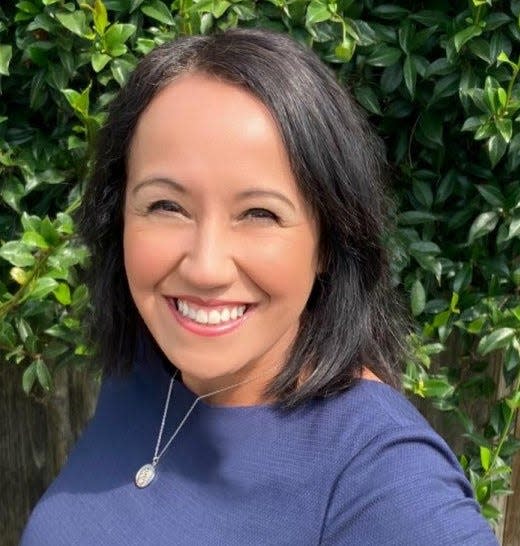Guest column: Want to instantly double our parks space? There is a way
When I was in junior high, I used to race home, grab my roller blades and hockey stick, and head to my local elementary school to play hours of pick-up hockey.
It was a quick skate to the school. I didn’t have many friends, and my parents worked late — the after-school gatherings were something I really looked forward to.
I no longer live in that San Diego suburb, but when I go there to visit my mom, I still regularly head to the same playground, now with my two little kids. We play basketball and “poison,” two-touch, pick-up soccer, and devise obstacle courses.
These memories pop into my head often when I walk past my nearby elementary school, Will Rogers in Ventura. It’s a marvelous bilingual school full of warm, caring teachers and families.
But after the kids go home, instead of the laughter and play continuing, the campus is quiet and empty.
How great would it be if Will Rogers and the rest of our public schools opened to the community when kids weren’t on campus? If neighbors could walk healthy circles and friends could play pick-up soccer games while toddlers tug on grass?
There are so many communities that do this, including our neighbors to the north of us, in Goleta and Santa Barbara, and to the south of us, in Thousand Oaks and in sites across Los Angeles.
We should follow their lead.
The reason so many districts open their outdoors spaces after hours, throughout California and the nation, is “rooted in the realization that even the most poorly designed and underserved neighborhoods include schools,” writes ChangeLab Solutions, a nonprofit focused on increasing access to open space by encouraging more inclusive, equitable policies. “In an era of never-ending budget shortfalls, maximizing access to existing facilities — rather than trying to construct new ones — is the most efficient and economical use of public resources.”
It's hard not to see that logic — the open spaces are already here, all around us. Expanding access offers fresh opportunities to boost our physical health (obesity, heart disease and other medical issues are exacerbated by a lack of activity) and mental health too.
It gives us the chance to meet more of our neighbors (which also helps physical and mental health, especially for those in middle and later life).
Activated places make neighborhoods safer (having more eyes means less potential for unsavory activity), which in turn promotes usage (parents want to feel secure sending their kids to play).
Parks are also great tools for economic development — they boost property values, and companies know they’ll have an easier time recruiting top talent if the communities they locate in offer a great quality of life. And health care costs go down in places where people are healthy.
There are, of course, real challenges to opening school campuses to new uses — vandalism, irresponsible dog owners, liability concerns, and the staffing costs (who will open and close the gates?) top the list.
That’s where a strong city-school district (even county) partnership comes in, and everything is made official in a joint-use agreement.
The agreements — ChangeLab Solutions has a step-by-step toolkit and templates for designing one — are legally binding and spell out which entity is responsible for what.
The best part? Tons of other places all over have found success with these. We can too.
And increasing access is marvelously in line with the greater embrace of “community schools,” an acknowledgment that educating a child is most successful with the support of strong educators, families, and community partners.
Last fall, I voted in favor of Measure E, a tax increase put on the ballot by Ventura Unified, after attending a meeting with other community members and some district officials where we talked about school security and after-hours access. I left the meeting optimistic we were on the same page about increasing open space for all residents.
Since then, conversations about opening schools when kids aren’t on campus have stalled (representatives of the Midtown Ventura Community Council, of which I’m a member, began meeting with school officials in early 2022), as fencing continues to go up. Installing and upgrading fencing is understandable — the district wants to protect our children and school property — I want my kids safe when they’re at school too.
But this isn’t an either/or. We can have fencing and increased access to existing open spaces.
As we start a new school year in a wonderful district, let’s make sure our kids have all they need to succeed, and give our neighbors the chance to thrive too.
Let’s open our schools when kids aren’t on campus.
Tell your superintendent, school board members, city manager, and city councilmembers it’s a win-win.
I’m looking forward to one day soon grabbing my roller blades (I still have some) and getting some friends to join me for some pick-up hockey.

Arlene Martínez is a Ventura resident and former reporter at The Star. She is an at-large member of the Midtown Ventura Community Council, which supports opening schools to the community when children are not on campus.
This article originally appeared on Ventura County Star: Guest column: Want to instantly double our parks space? There is a way
